What is a brand story, and why do you need one in 2024?
Building a brand story is more than just words on a web page. It’s what lets your customers know exactly what you’re all about, and the steps you took to get to where you are today. It’s about telling a story; the story behind the brand.
Now more than ever, people are attracted to brands with an authentic brand story. Because of this, it’s important that you learn to tell your brand’s story in the most attractive way possible. It needs to be powerful, transparent, and most of all, genuine. You could think of the exact definition as follows.
What is a brand story?
A brand story is a recount of what made a brand recognizable, starting from the beginning, all the way up until the present. It’s not necessarily a written story, but rather a narrative that drives a brand and allows people to connect on more than a consumer level. Using a powerful brand story allows customers to easily recognize a brand, remember it, and hopefully want to buy from them again.
That’s all well and good, but why does it matter to customers? After all, if you’re selling a killer product, why would anything else matter? The truth is that a good brand story allows the customer to connect to a brand on an emotional level. Instead of simply selling a product, you’re selling the story that goes along with it. Building your brand in the market today isn’t exactly a walk in the park. But, having a solid brand story that helps drive your communication strategy is a big step in the right direction. Any good story has a solid foundation. What better way to kick off your brand story than with a powerful brand?
But, building a story brand is a little more complex than that. There are several elements to a good brand story that help drive certain emotions in a customer, which is the reason why a powerful brand story is so vital now.
Why do you need a good brand story?
It’s easy to think about how a good brand story can create trust when you think about the people closest to you. Think about how much you know about the people you trust the most.
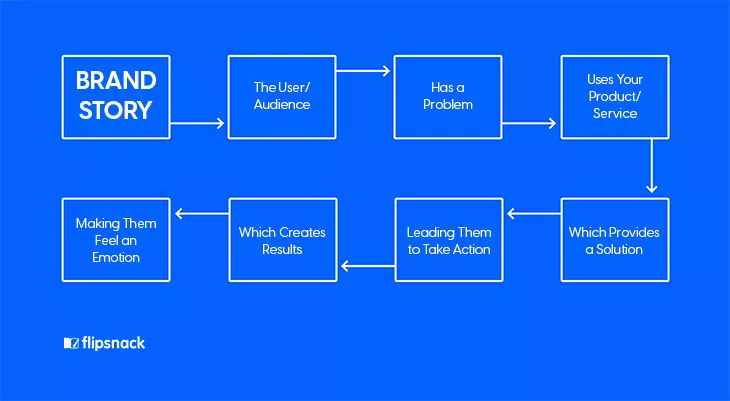
If you’re like most people, then you have to know a great deal about someone in order to trust them completely. At least with most things.
So now, let’s say that you’re selling a product or service, and the buyer doesn’t have any context for who you are and what you do. It’s easy for people to click your site, sure, but if it lacks content, substance, and authenticity, they won’t be able to connect with you.
All this to say that a brand story helps connect people to your brand. It’s not just about writing a literal story. It’s about making a scene, standing out, and giving the customers something that they can relate to.
This could be a story, sure, but it could also be the image that your brand projects. It could be the way people feel when they walk into your store. It can be anything. That being said, a brand story typically follows these guidelines:
- Brand stories are authentic
- Brand stories are simple
- Brand stories create a relatable personality
With the help of many sources, such as social walls, you can display your brand story from its starting point to showing different phases of your brand and its achievements. Showcase your business growth and the audience’s contribution to it and maximize your benefits, like building trustworthy relationships with your customers.
Don’t worry, we’re going to dive into these points a bit more below with brands like Nike, GoPro, and even some smaller, lesser-known businesses. For now, just keep an open mind, and remember that not all brand stories are written content. It’s more than that.
Brand stories are authentic
Authenticity is a huge deal for most buyers. After all, we’d all prefer an authentic Rolex over a cheap knock-off. Authenticity is more than simply claiming you’re the best at something, it’s backing it up with facts and standing behind it. As a brand trying to sell something, this is vital.
But what does it mean for a brand to be authentic? For a brand, it’s all about being original, making your own path, and being true to yourself. A good example of this is Lamborghini.
We all know what Lamborghini is, but why? What makes them authentic? For the Italian car brand, it’s all about how they are perceived, how they constantly innovate, and how they project themselves to the world. Ever wonder why you don’t see commercials on the TV about Lamborghini, yet we all know about it? It’s because the average Lamborghini owner isn’t sitting around watching TV. This statement is a powerful tool that has both allowed them to target their audience and save on marketing costs.
But for Lamborghini, it’s more than that. It’s heritage. It’s the fact that the company was born for a purpose – to defeat Ferrari. It’s the fact that they pay homage to their racing history while continuing to move forward and remaining an industry giant. They are Lamborghini, and we all know exactly what they do.
Like Lamborghini, you have to find your essence and stay authentic to your brand from beginning to end. Customers will appreciate the transparency and you’ll be able to create a stronger, more loyal relationship with them.
Brand stories are simple
Now don’t get me wrong, no two brand stories are the same. Each brand has had its own journey and therefore deserves its own story.
What “simple” means, in this case, is “purposefully written”. Oftentimes, people confuse sincerity with detail. And while it’s true that you want to be as up-front with your customers as much as possible, you also don’t want to bore them with an extreme amount of detail. In fact, sometimes it’s as simple as taking advantage of something that you already have, like branding a catalog, for example.
Since a brand story isn’t necessarily just written content, it can be as short or as long as you want it to be. That being said, you can’t just add your story to your website and hope that people find it. You have to live it. We’ll talk about this more a little later, but for now, you have to keep this simple layout guideline for a brand story in mind:
- Problem
- Solution
- Success
These three points should allow you to lay out your brand story in an easy and understandable way. There really isn’t a word count tied to this formula. In fact, if it’s necessary, your brand story could be up to a couple of thousand words.
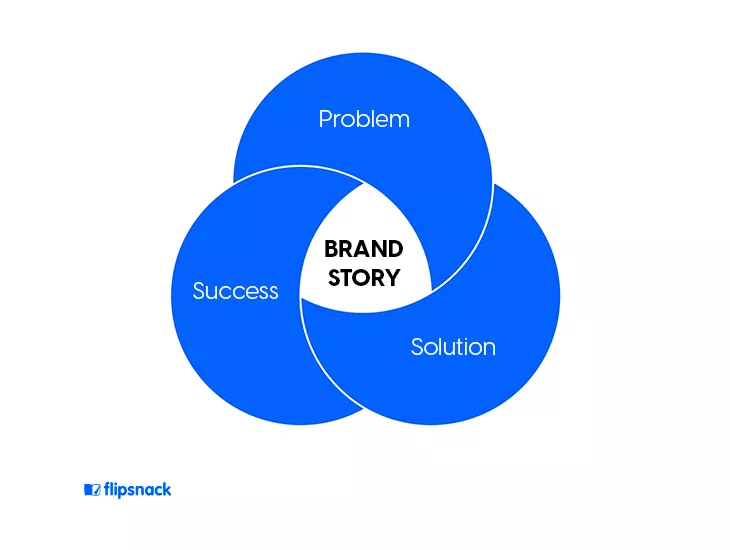
Remember that your brand story isn’t the plot of an M Night Shyamalan film, so it doesn’t need to be complicated. Your story guides the reader to the truth and doesn’t add any hot air. It states a problem that you had, how you fixed it, and the eventual outcome.
Brand stories create a relatable personality
Personality plays a huge role in the way people think of each other. The science behind it is simple: a warming personality attracts attention, and a cold one pushes it away.
Your brand’s personality should always be inviting to your target audience.
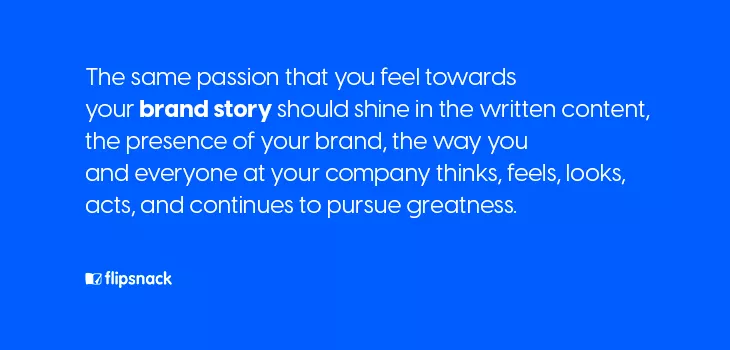
People will find it very hard to relate to anything you do or sell otherwise.
Everything boils down to your ability to be authentic, simple, and relatable. A story is not just a story when it comes to brands, it’s a way of life. Even the best brand stories can struggle to deliver exceptional customer service. This is where customer service outsourcing can be a valuable tool.
Take it slow, be sincere, and try to relate to the customer. Those are the three main ingredients for any good brand story.
How to craft your brand story
With everything above being said, hopefully, it’s easier to understand why you need a brand story. Now, let’s talk about how it’s done. Keep in mind that everything we discuss here is subject to change based on your brand. Different needs and goals could result in a different outcome. However, this guide will give you the foundation you need to get started.
All-in-all, there are 5 basic steps to creating a brand story:
- Step 1: Think about the essence of your brand
- Step 2: Create a hero
- Step 3: Give your hero a goal
- Step 4: Make a mission statement
- Step 5: Look for ways to improve, if needed
Step 1: Think about the essence of your brand
Every good brand story is created out of a need for being something more than a brand. Think about Disney, for example. The essence of Disney is happiness, adventure, mystery, and joy.
It’s not just a company that sells overpriced flip-flops. It’s a loveable character that, other than being a mouse, is no different than the people buying products.
Of course, Disney is a master of marketing and have absolutely nailed their brand story. At this point, anything that they put out there will be a part of their essence, and that’s exactly the way they intended it from day 1. They are no longer a brand, they are a family-friendly empire. Every move they make is addressed towards the family as a whole. A good example would be the movies they make. A child might see it as some bright and colorful cartoon, while the parent sees the underlying message.
In short, the essence comes down to what your brand is all about. Your drive to move forward. Your reason for existing in the first place. If you can harness that, then your brand story will be magical.
Step 2: Create a hero
Stories have heroes. Disney has Mickey, Old Spice has Terry Crews, and Tesla has Elon Musk. But, a hero doesn’t have to be a person. A brand hero can be a way of thinking. The hero of your story could simply be your mission to provide a product for cheaper. Or, it could be based on your customer service, such as which contact center features you offer. Perhaps even a combination of all of these elements.
The point is that every story needs a hero. Someone that can save the day, solve issues, and be looked up to both internally and externally. It needs to be something that your brand is proud of, something that can bring your brand to life. Something that the spotlight will always be on. This will be your main character.
Step 3: Give your hero a goal
Your brand story hero needs to have a villain, too. As a character, it could be beating the competition. As a way of thinking, it could be finding new ways to make the product even cheaper. Whatever it is, your hero is going to battle against them for as long as your brand story holds up. A little farther down, we’ll show an example of a brand that did exactly this with glasses.
This is helpful because it gives the people a sense of duty. It gives them something to grab on to and hold tight. It gives them a reason to choose your brand over everyone else’s. It gives them a hero in a place that they maybe never even knew they needed one.
Step 4: Make a mission statement
In not so many words, what is your brand all about? Your mission statement is one of the first things anyone will ever hear about your brand, so it should be well thought out.
One might be so bold as to say that your entire brand story should be summarized in this statement. It should aim to give people a quick understanding of what you and your brand are all about. A catchphrase, if you will.
Alternatively, a lot of brands will create their mission statement and then build their brand story around it. Truthfully, there aren’t really any advantages to doing it one way over the other. It all comes down to the words that come to mind first. Here are some examples of some mission statements to inspire you:
- “Spread ideas.” – TED
We’ve all seen at least one or two TED talks in our lifetimes. For some, maybe even more. However many you’ve seen, one thing’s clear, they spread a large variety of ideas. Their mission statement, “Spread ideas”, is simple, yet so incredibly powerful. They’ve built a brand based off of two words, but those two words couldn’t captivate the brand any better even if they tried.
- “To bring safe water and sanitation to the world.” – Water.org
Even if you’re unfamiliar with Water.org, their mission is clear, and they’ve built their whole brand story around it. Being an NGO, their mission from the beginning was to “bring” water to those who need it. Using this mission statement, they’ve help drive awareness, build funds, and help those who would otherwise go without one of life’s most essential resources.
Step 5: Actually create your brand story
What’s important with distribution is that you find a way to get your story in front of as many eyes as possible. Brand story marketing means utilizing your platforms, channels, and connections to get it out there for all to see. Additionally, be ready for feedback.
A lot of brands use their About Us page to showcase their brand story. This could be helpful to those that are already interested in your brand, but what about those that have never heard of you? They’re not going to care about an About Us page, much less actively go out and look for it. Plus, as we’ve discussed before, a brand story is so much more than creative text on a webpage.
Crafting your brand story here means putting everything that you’ve built up until this point in motion. Everything, and I do mean everything about your brand should personify your brand story and bring it to life.

Chick-Fil-A has a famous phrase. Instead of saying “You’re welcome” they say “My pleasure.” This is all a part of their brand story. It’s something they’ve set in place from the first day on the job because it’s important to them for customers to see them as a servant. It’s their pleasure to serve you, and it always makes people want to be served again, and again, and again.
It’s their narrative, and it’s one of the things that made them famous. Anyone can fry some chicken and serve it with a smile. Chick-Fil-A took it to the next level. For them, it’s about providing an unprecedented level of service over and over again. Customers that visit Chick-Fil-A know that they will be greeted with the same smile, the same service, and the same level of care every single time.
Step 5: Look for ways to improve if needed
The best brand stories in the world have stood the test of time. Never changing, always staying true to themselves. Take Envato as an example. The brand has been around in the creative space for almost two decades, but in 2024, they decided to revamp the Envato brand to capture the sense of energy they want to evoke in their community. An example of a never-changing brand is Nike. They’ve been the same since 1964. Sure, they’ve had new ideas come about, experimented with some changes, and even implemented a few of those said changes, but the core of the company has always been the same idea, “Just do it.”
The idea that a brand story needs to change over time isn’t always true. In fact, most companies avoid rebranding at all costs, unless they absolutely need to. Picking a narrative and sticking to it is the best and really only way to get people familiar with your brand story.
Examples of great brand stories
As we’ve discussed above, there are many factors you have to think about when you create your brand story. Here are some great brand story examples:
Warby Parker Eyewear

Warby Parker Eyewear might be a little less known than the other brand story examples on this list, but their story is powerful, nonetheless. Born from rebellion, their brand story and mission is to provide cheap, stylish glasses, and dance in the face of other brands that are charging ridiculous amounts for the same thing. Here’s their mission statement:
“Buying eyewear should leave you happy and good-looking, with money in your pocket. Glasses, sunglasses, and contacts—we’ve got your eyes covered.”
As we stated above, every idea starts with a problem, and a mission statement should clearly outline how your brand solved it. For Warby Parker, it’s so simple that it’s genius: Sell cheap glasses. Anyone looking for glasses immediately sees the price and understands what Warby Parker is all about. Because of their passion, they created their own story behind the brand.
It also helped that they found a super crowded niche, came in strong and aggressively positioned themselves in the market. Instead of offering the same generic glasses, they called out those who are charging too much and provided an easy solution. All of this is part of their brand story, as it plays a vital role in their messaging and the way people perceive them.
Nike
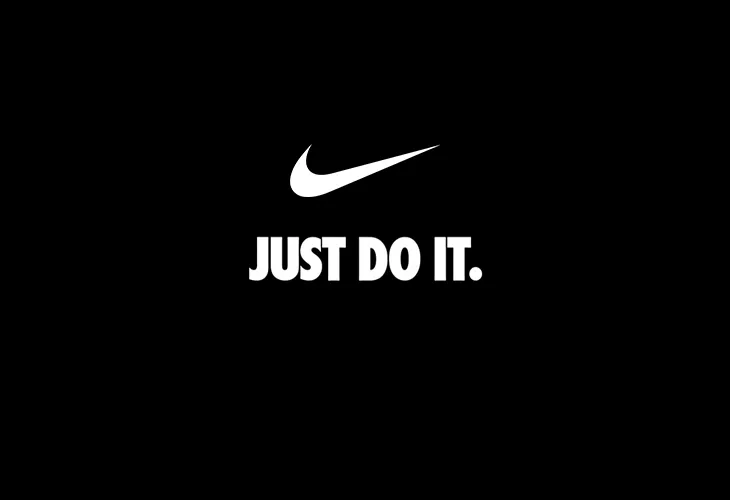
Let’s be honest here, nobody is unclear about Nike’s mission statement. ‘Just do it’ is one of the most well-known statements in history. But, it’s not the statement that makes Nike so good at brand storytelling. It’s what they do with their voice that makes them so popular.
From the beginning, Nike has been about empowering athletes from all walks of life. It’s not about what the person looks like or where they come from, it’s all about what they’re capable of. Nike has a rich history of giving athletes the platform they need to set examples for their fans, and their brand story reflects that perfectly.
It’s not easy to build an empire like Nike. In fact, this brand story isn’t relatable for most people. But, their story gives a very clear understanding of how powerful a consistent brand story can be. If you come out swinging like Nike did, there is no limit to how far your story can go.
GoPro

GoPro hasn’t been around that long. You can basically say that they hit the ground running with a product that allowed people to capture pretty much any shot they wanted.
What makes GoPro’s brand story so unique is the way they involve the community. Their mission statement is, ”To free people to celebrate and live in the moment.” They accomplish this by providing small yet powerful cameras to athletes and amateurs alike. No one is limited to their access to these cameras.
Whether you’re visiting their main site or scrolling through their Instagram, you’ll always see cool videos from users all around the world. GoPro has helped unite a community of adrenaline junkies by giving them the means to share their adventures. Year-to-year, they host challenges to get people even more involved, sometimes boasting a cash prize of $1 million. What better way to craft your brand story than with the very people that buy their products. Everything GoPro does is based on their user’s experiences all over the world. That’s powerful brand storytelling.
Airbnb

With Airbnb, the customer is the brand story. Just in case you don’t know, Airbnb is a service that allows property owners to rent out their homes, apartments, or anything related. With Airbnb, both the customers and the renters are just everyday people, looking to either make a quick buck or have a nice vacation.
Because of the audience’s involvement in the foundation of Airbnb, anyone that uses the service is immediately impacted. They managed to capture the essence of their brand by allowing their customers to define the narrative for them.
It even comes down to how people use their name now. Anytime someone visits a new place or maybe even a place they’ve visited before, it’s no longer “renting a hotel room.” Now, it’s “renting an Airbnb.” When you’ve reached the point in your brand story where customers are using your name as an everyday function, then you know you’ve made a powerful story.
The same thing can be said about Google, Kleenex, and Chapstick. When people use a product even remotely similar to these 3, their name is used. We don’t search for something on the internet, we “Google” it. We don’t use lip balm, we use chapstick. Airbnb may not have known that this is how it would all turn out, but it has made their brand story one of the best examples out there.
Building a brand story that matters
As we mentioned above, a brand story is all about how people perceive your brand. It comes down to everything your brand does. The essence, if you will. Defining this from the beginning and refining it as time goes on is paramount. In order to make your brand mean something to the people you’re trying to sell to, a captivating brand story is just as important as the thing you’re trying to sell. In fact, they go hand-in-hand.
With that said, and I know it’s a lot, there are a few ways Flipsnack can help you better define your brand story with our branding options. Although we can’t really help you with every aspect of your brand story, we can certainly help with how people perceive you through publications.
Above, we mentioned consistency, and how important it can be to stay consistent throughout your brand story. Well, with our easy branding kit, you can keep your publications consistent across the board.
Remember, it’s the simple things that add up to create your brand story. Using your own font, establishing brand colors, maintaining a typography flow, and keeping all of these elements consistent in your publications is important to branding, which is why Flipsnack offers the ability to do all of those things, and more. We even offer you the option to create your own custom domain to display your publications. For us, your brand is just as important as ours.
Whatever your brand story is, and wherever it takes you, it should be an essential part of who you are and what you do. Just remember, and experience isn’t really a good one unless you have a story to tell after. Give your customers something to talk about, build a powerful brand story.


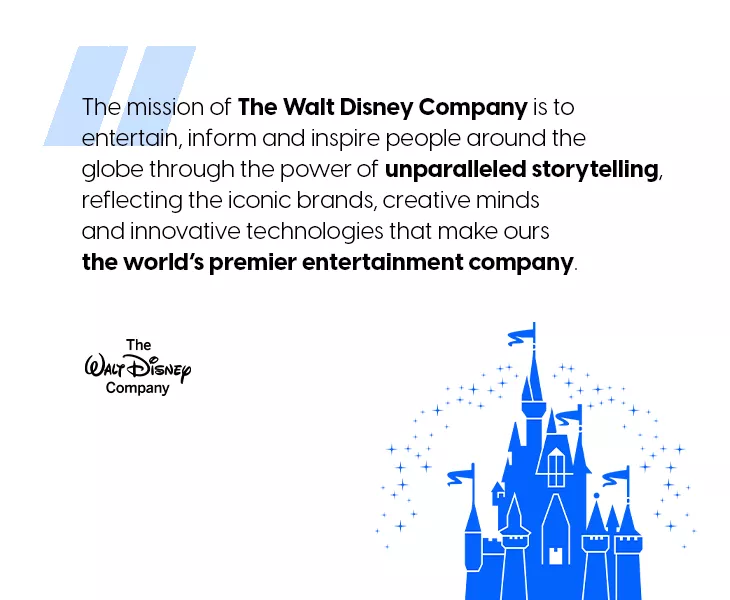
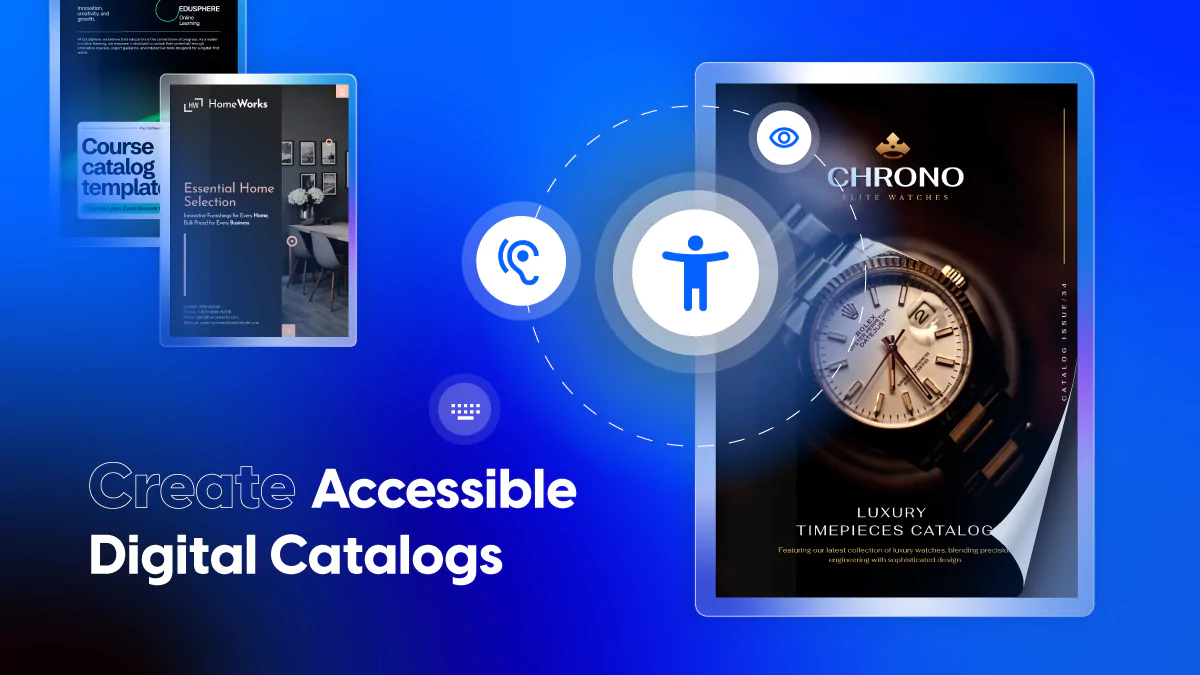
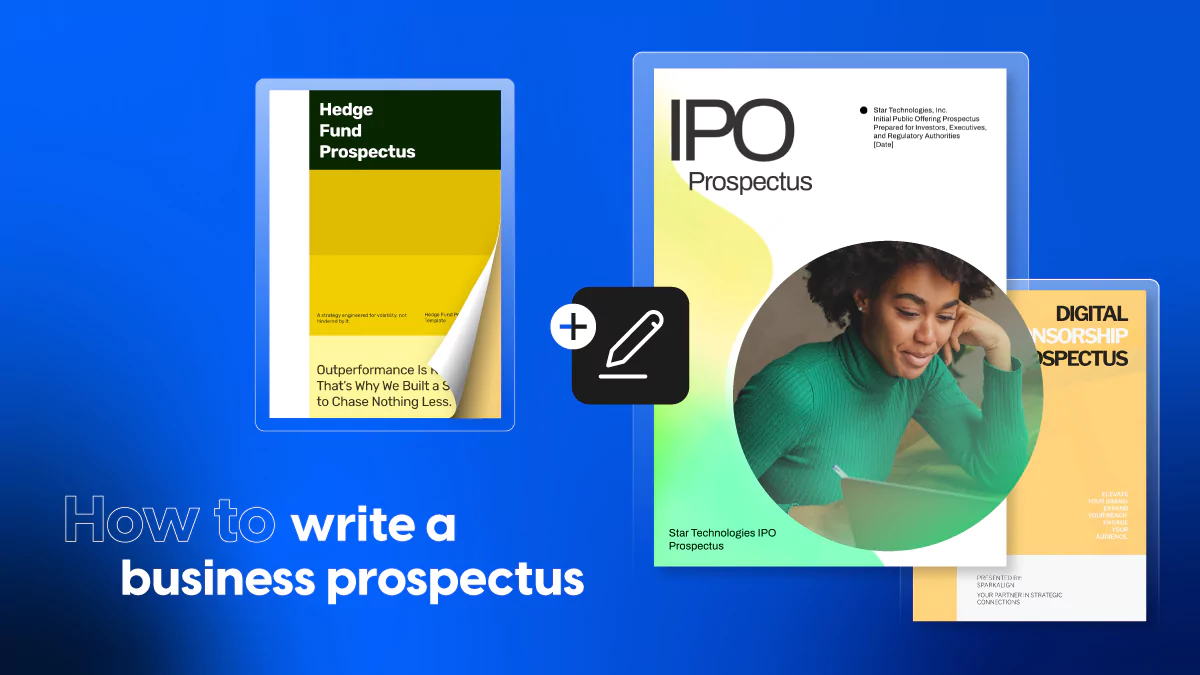

I agree with this word: Each brand has had its own journey, and therefore deserves its own story. hahahaha :)